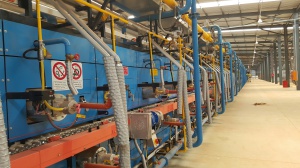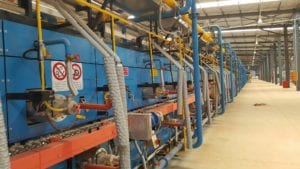 With the availability of natural gas in countries such as Mozambique and Namibia, coupled with the discovery of offshore gas reserves in Mozambique and South Africa, the piped gas industry in southern Africa is undergoing rapid expansion.
With the availability of natural gas in countries such as Mozambique and Namibia, coupled with the discovery of offshore gas reserves in Mozambique and South Africa, the piped gas industry in southern Africa is undergoing rapid expansion.
So what are the values in piped gas?
In the USA approximately $456.46 billion worth of piped gas expansion projects are currently active and this is growing. There is a collective understanding that this significantly cheaper fuel is currently shaping the future of the American industry. This is challenging fuel pricing and the very future of oil supply. In Southern Africa, the landscape is different. The challenge lies in marrying infrastructure cost with long term profits and product competitiveness. For example, not all South African industries are pro-gas and many companies see the South African governments’ transition to gas as an opportunity to rubber stamp.According to Mail&Guardian, natural gas has been identified by the country’s top policymakers as a key energy for the future, but new regulations designed to facilitate the switch to a gas economy immediately resulted in a court challenge by some of the country’s largest gas users.
Technically Southern Africa is ripe for the piped gas picking, and the industry is showing relative growth, but the challenge remains in the collective willingness by two main role players; government and industry. Government’s willingness to keep costs relatively low (by world standards) and industries willingness to adapt to using piped gas.







